Home>Furniture>Outdoor Furniture>How To Choose A Patio Heater
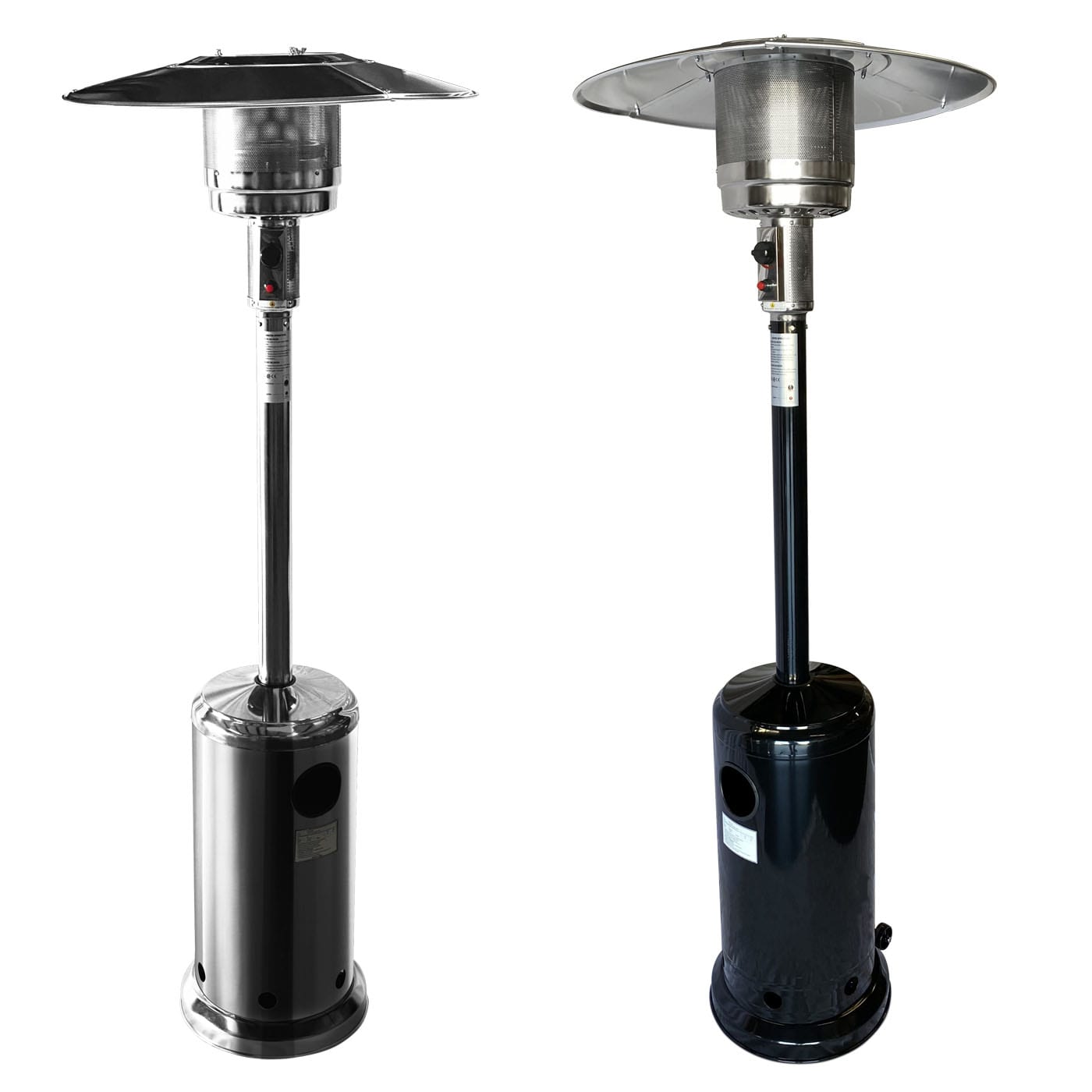

Outdoor Furniture
How To Choose A Patio Heater
Modified: August 27, 2024
Looking for the perfect outdoor-furniture? Learn how to choose a patio heater to keep you warm and cozy during those chilly evenings.
(Many of the links in this article redirect to a specific reviewed product. Your purchase of these products through affiliate links helps to generate commission for Storables.com, at no extra cost. Learn more)
Introduction
When it comes to creating a comfortable outdoor space, one of the key elements to consider is a patio heater. Whether you enjoy relaxing on your patio during cool evenings or hosting outdoor gatherings, a patio heater can provide the warmth and ambiance you need to make the most of your outdoor living area.
Choosing the right patio heater can be a daunting task with so many options available in the market. This article aims to guide you through the process of selecting the perfect patio heater for your needs. By considering various factors, such as fuel options, heat output, safety features, durability, design, and energy efficiency, you will be equipped to make an informed decision.
Before diving into the specifics, it’s important to understand the benefits of owning a patio heater. Not only do they extend the usability of your outdoor space, but they also create a cozy atmosphere for you and your guests to enjoy. Imagine sipping a warm cup of cocoa or engaging in lively conversations while surrounded by the gentle heat of a patio heater.
Moreover, patio heaters are not just for residential use – they are also a great addition to commercial establishments such as restaurants, cafes, and bars. They allow customers to comfortably dine or socialize outdoors, even when the temperature drops.
Now, let’s explore the key factors to consider when choosing a patio heater that best suits your needs and preferences.
Key Takeaways:
- Choose a patio heater based on your outdoor space, climate, and intended use. Consider fuel type, safety features, and brand reputation for a cozy and safe outdoor experience.
- Prioritize energy efficiency, maintenance, and safety features when selecting a patio heater. Consider size, portability, and design to enhance your outdoor space with warmth and style.
Read more: How To Choose A Water Heater
Consideration Factors for Choosing a Patio Heater
When selecting a patio heater, it’s important to consider several factors to ensure you choose one that meets your specific requirements. These factors include:
- Outdoor Space: Consider the size and layout of your outdoor space. If you have a large patio or backyard, you may need a patio heater with a higher heat output and wider coverage area. Conversely, for a smaller intimate space, a smaller patio heater will suffice.
- Climate and Temperature: Take into account the climate in your area and the average temperature during the colder months. If you live in a region with harsh winters, you may need a patio heater that provides substantial heat to keep you warm.
- Intended Use: Determine how you plan to use the patio heater. Are you looking for a heater primarily for personal use or to entertain guests? This will help you determine the size and heat output required.
- Fuel Type: Patio heaters can run on various fuel types, including propane, natural gas, electric, or wood. Consider the availability and cost of the fuel type in your area, as well as the ease of use and convenience.
- Budget: Set a budget for your patio heater purchase. Prices can vary significantly depending on the type, size, and features of the heater. Determine how much you are willing to spend and look for options within your budget.
- Safety Features: Safety should be a top priority when choosing a patio heater. Look for features such as tip-over protection, automatic shut-off, and protective grilles to ensure safe usage.
- Installation and Portability: Consider whether you want a patio heater that requires permanent installation or if you prefer a portable option that can be easily moved around. This will depend on your specific needs and the layout of your outdoor space.
- Brand Reputation: Research and choose patio heater brands that are known for their quality, reliability, and customer satisfaction. Reading reviews and seeking recommendations can help you make an informed decision.
By considering these factors, you can narrow down your options and find a patio heater that ticks all the boxes for your outdoor heating needs. With the right patio heater, you can enjoy your outdoor living space year-round in comfort and style.
Types of Patio Heaters
When it comes to patio heaters, there are several types available, each with its own set of advantages and considerations. Understanding the different types can help you make an informed decision and choose the right patio heater for your outdoor space. Here are the most common types of patio heaters:
- Propane Patio Heaters: Propane patio heaters are a popular choice due to their portability and convenience. They are fueled by propane gas and typically come with a propane tank that can be easily replaced when empty. These heaters provide instant heat and can be moved around as needed. However, they require regular propane tank refills or replacements, which can add to the cost.
- Natural Gas Patio Heaters: Natural gas patio heaters are a more permanent heating solution as they require a natural gas line connection. They provide a continuous source of heat without the need for refills or replacements. Natural gas heaters are often preferred for commercial establishments or outdoor spaces with a fixed seating arrangement. However, they require professional installation and may not be suitable for areas without access to a natural gas line.
- Electric Patio Heaters: Electric patio heaters are easy to use and require no fuel or gas connections. They are powered by electricity and can be plugged into a standard outlet. Electric heaters are often available in various sizes and styles, including wall-mounted, freestanding, and tabletop options. They provide instant heat and are relatively energy-efficient. However, they may have limitations in terms of heat output and coverage area.
- Infrared Patio Heaters: Infrared patio heaters use infrared heat waves to warm objects and people directly, rather than heating the air. They emit a gentle and focused heat, making them efficient and effective even in windy conditions. Infrared heaters are available in various fuel types, including propane, natural gas, and electric. They are ideal for areas where quick and targeted heat is desired.
- Wood-Burning Patio Heaters: Wood-burning patio heaters provide a rustic and charming ambiance while also producing heat. They are fueled by wood or pellets, creating a real fire experience. These heaters are often designed as fire pits or chimineas, adding a decorative element to your outdoor space. However, they require regular cleaning and maintenance of the fire pit and may produce smoke and sparks.
Each type of patio heater has its own pros and cons, so it’s important to consider your specific needs before making a decision. Factors such as portability, installation requirements, fuel availability, heat output, and aesthetics should be taken into account to ensure you choose a patio heater that meets your requirements and enhances your outdoor experience.
Fuel Options for Patio Heaters
When choosing a patio heater, one important consideration is the fuel type it requires. The fuel type not only affects the convenience and cost of using the heater but also impacts the heat output and overall performance. Here are the most common fuel options for patio heaters:
- Propane: Propane is a popular fuel choice for patio heaters because of its convenience and portability. Propane heaters use propane gas, which is stored in a tank that can be easily replaced or refilled. These heaters provide instant heat and are ideal for outdoor spaces where mobility is desired. Propane tanks are widely available for purchase or exchange, and the cost of propane gas is reasonable. However, keep in mind that propane tanks may need regular replacement or refilling, which can add to the cost over time.
- Natural Gas: Natural gas patio heaters require a natural gas connection and provide a continuous heat source. They are typically more expensive to install since they require professional installation to connect to the gas line. Natural gas heaters are well-suited for outdoor spaces with a fixed seating arrangement, such as commercial establishments or permanent outdoor structures. The advantage of natural gas is that it eliminates the need for refilling propane tanks, making it more convenient and cost-effective in the long run. However, it’s important to ensure that your outdoor space has access to a natural gas line before considering this option.
- Electricity: Electric patio heaters are powered by electricity and require a standard electrical outlet to operate. They are easy to use and provide instant heat with the flip of a switch. Electric heaters are available in various styles, including tabletop, freestanding, and wall-mounted options. They are often preferred for smaller outdoor spaces or areas where portability is not a requirement. While electric heaters are convenient since they don’t require refilling or connecting to a gas line, they may have limitations in terms of heat output and coverage area. Moreover, they are dependent on the availability of electricity and may increase your electricity bill.
- Wood or Pellets: For a more traditional and rustic option, you can choose a wood-burning or pellet-burning patio heater. These heaters operate by burning wood or pellets, which creates a real fire experience. Wood-burning heaters add a charming ambiance to outdoor spaces and are often designed as fire pits or chimineas. However, they require regular cleaning, maintenance, and a ready supply of wood or pellets. They also produce smoke, which may not be suitable for all outdoor environments.
When making a decision about the fuel type, consider factors such as convenience, cost, availability, installation requirements, and personal preferences. Each fuel option has its own advantages and considerations, so choose the one that best aligns with your needs and enhances the enjoyment of your outdoor space.
Heat Output and Coverage Area
When selecting a patio heater, it’s important to consider the heat output and coverage area to ensure that it can effectively warm your outdoor space. Understanding these factors will help you determine the number of heaters you may need and their placement for optimal comfort. Here’s what you need to know:
Heat Output:
The heat output of a patio heater is measured in BTUs (British Thermal Units) and indicates the amount of heat it can produce. The higher the BTU rating, the more heat the heater can generate. It’s essential to choose a patio heater with a heat output that matches the size of your outdoor space and meets your warmth requirements. A general rule of thumb is that for every square foot of space, you will need approximately 10-15 BTUs of heat output. However, this can vary depending on factors like climate, wind conditions, and user preferences.
Coverage Area:
The coverage area of a patio heater refers to the size of the space that it can effectively heat. The coverage area is influenced by the heat output of the heater, as well as factors such as wind resistance and the height at which the heater is placed. It’s important to consider the size of your outdoor space and choose a patio heater with a coverage area that matches your needs. Keep in mind that outdoor spaces with open or exposed areas may require heaters with a wider coverage area, while more sheltered spaces may require less coverage.
It’s worth noting that the heat output and coverage area can vary between different types of patio heaters. For example, propane and natural gas heaters often have higher BTU ratings and can provide heat over a larger area compared to electric or infrared heaters. However, individual models within each type may have different specifications, so it’s important to check the product details provided by the manufacturer.
In addition to heat output and coverage area, it’s also important to consider the placement of the patio heater. To maximize the heat and comfort level, place the heater in a central location and consider factors such as wind direction and the layout of your outdoor space. Additionally, if you have a larger outdoor space or multiple seating areas, you may need to consider using multiple patio heaters strategically placed to evenly distribute the heat.
By considering the heat output and coverage area of a patio heater, you can ensure that it is capable of providing the desired level of warmth and comfort for your outdoor space. This knowledge will help you choose the right heater or combination of heaters to create a cozy and inviting atmosphere for you and your guests to enjoy, even on chilly evenings.
Read more: How To Choose A Patio Umbrella
Safety Features to Look for in a Patio Heater
When it comes to purchasing a patio heater, safety should be a top priority. Patio heaters involve the use of heat sources and can pose potential risks if not used properly. Therefore, it’s important to look for specific safety features to ensure the safe operation of your patio heater. Here are some essential safety features to consider:
- Tip-Over Protection: Tip-over protection is a crucial safety feature that automatically shuts off the patio heater if it is accidentally knocked over. This feature prevents the heater from continuing to run when in an unstable position, reducing the risk of fire hazards or burns.
- Automatic Shut-Off: An automatic shut-off feature is designed to turn off the patio heater after a specific period of time or when certain conditions are met. This feature helps to prevent accidents if the heater is inadvertently left unattended. It can also conserve energy and prolong the lifespan of the heater.
- Protective Grilles: Look for a patio heater that has protective grilles or screens surrounding the heat source. These grilles act as a barrier, preventing direct contact with the hot elements and reducing the risk of accidental burns.
- Heat Control Features: Temperature control features, such as adjustable heat settings or heat output control, provide flexibility in managing the level of heat produced by the patio heater. This allows you to adapt the heat to your comfort level and prevent overheating.
- Stability and Sturdy Construction: Ensure that the patio heater is designed with a stable and sturdy base to prevent tipping. Look for models with a broad and weighted base, as well as a low center of gravity, to enhance stability and minimize the risk of accidents.
- Certifications and Compliance: Check if the patio heater has undergone proper certifications and meets safety standards. Look for certifications such as CSA (Canadian Standards Association) or UL (Underwriters Laboratories), indicating that the heater has been tested and approved for safety.
- Clear Operating Instructions: A patio heater should come with clear and comprehensive operating instructions. Ensure that you understand how to safely operate and maintain the heater, as well as any specific precautions or warnings mentioned by the manufacturer.
In addition to these specific safety features, it’s also important to follow general safety guidelines when using a patio heater. These may include keeping flammable materials at a safe distance, avoiding overcrowding around the heater, and using the heater in a well-ventilated area.
Prioritizing safety features when choosing a patio heater ensures that you can enjoy the warmth and ambiance of your outdoor space without compromising your well-being. Always remember to use the heater according to the manufacturer’s instructions and exercise caution during operation.
When choosing a patio heater, consider the size of your outdoor space and the heat output of the heater. A larger space may require a heater with higher BTUs (British Thermal Units) to effectively warm the area.
Durability and Construction Materials
When investing in a patio heater, it’s important to consider its durability and construction materials. A well-built and durable patio heater will not only ensure consistent performance but also withstand the elements and provide long-lasting use. Here are some key factors to consider:
Materials:
The materials used in the construction of a patio heater play a crucial role in its durability. Look for heaters made from high-quality materials such as stainless steel, aluminum, or cast iron. Stainless steel is resistant to rust and corrosion, making it an excellent choice for outdoor use. Aluminum is lightweight yet durable, making it easy to move the heater around. Cast iron is known for its sturdiness and ability to retain and distribute heat effectively. Additionally, check that the components, such as the burner and reflector, are also made from durable materials to ensure overall longevity.
Weather Resistance:
Outdoor patio heaters are exposed to various weather conditions, including rain, snow, and UV rays. It’s important to choose a heater that is designed to withstand these elements. Look for heaters with weather-resistant finishes or coatings that can protect against rust and fading. Additionally, ensure that the construction is solid and that the heater has proper insulation to withstand temperature fluctuations without compromising its performance or structural integrity.
Warranty:
A warranty is a reflection of the manufacturer’s confidence in the durability and quality of their product. Look for patio heaters that come with a warranty, as this provides peace of mind knowing that you are protected against any manufacturing defects or issues that may arise. A longer warranty period is generally an indication of a more durable and reliable patio heater.
Customer Reviews:
Reading customer reviews can provide insights into the durability and performance of a patio heater. Look for reviews that specifically address the durability of the product over time. Pay attention to any recurring issues or complaints related to material degradation or malfunctioning components. However, it’s important to take individual reviews with a grain of salt and consider the overall consensus.
Additional Features:
Some patio heaters come with additional features that contribute to their durability. These features may include built-in protective covers or carrying handles that make it easier to store or transport the heater. Such features can help prolong the lifespan of the heater and ensure its longevity even when not in use.
Investing in a patio heater that is built with durable materials and designed to withstand outdoor conditions is essential for long-term enjoyment. By considering the construction materials, weather resistance, warranty, and customer reviews, you can make an informed decision and choose a patio heater that is built to last.
Size and Portability
When choosing a patio heater, it’s important to consider its size and portability to ensure it fits seamlessly into your outdoor space and aligns with your specific needs. The size and portability of a patio heater can impact its functionality, ease of use, and versatility. Here are some key factors to consider:
Size:
The size of a patio heater can determine its heat output, coverage area, and overall visual impact. Consider the available space in your outdoor area and choose a heater that fits comfortably without overcrowding the area. If you have a smaller patio or limited space, a compact or tabletop heater might be a better option. On the other hand, if you have a larger outdoor space or need to heat a larger area, a freestanding or mounted heater may be more suitable. Additionally, consider the height of the heater to ensure that it distributes heat evenly across the desired seating area.
Portability:
If you value flexibility and the ability to move your patio heater to different areas of your outdoor space, portability is a key factor to consider. Portable patio heaters are designed to be lightweight and easy to move, allowing you to adapt the heat source to different seating arrangements or specific spots that require heating. Look for features such as wheels or handles that facilitate effortless transportation. Portable patio heaters are also ideal if you plan to take them along for outdoor events, camping trips, or other outdoor activities.
Weight:
The weight of a patio heater can impact both its portability and stability. Heavier patio heaters may offer greater stability, especially in windy conditions, but may be more challenging to move around. Conversely, lighter patio heaters are easier to carry and transport but may be more susceptible to tipping over. Consider the balance between portability and stability based on your specific needs and the conditions in your outdoor space.
Installation:
Consider whether the patio heater requires installation or if it can be set up and used right out of the box. Some patio heaters, such as natural gas or electric models, may require professional installation and a fixed mounting location. Others, such as propane heaters or tabletop models, can be easily assembled and used without any installation requirements. Keep in mind that permanent installation can limit the portability of the heater, so ensure it aligns with your preferences and needs.
Style and Design:
The size and design of a patio heater can also contribute to the overall aesthetic of your outdoor space. Consider the visual impact and whether the size and design of the heater complement your existing outdoor furniture and décor. Some patio heaters are designed to blend seamlessly with outdoor settings while others make a bold statement. Choose a size and design that not only meets your functional needs but also enhances the overall ambiance of your outdoor area.
By considering the size and portability of a patio heater, you can ensure that it fits harmoniously into your outdoor space while providing the desired level of heat and flexibility. Whether you prefer a compact tabletop heater for intimate gatherings or a freestanding heater for larger events, finding the right size and level of portability will enhance the enjoyment of your outdoor space, no matter the season.
Design and Aesthetics
When choosing a patio heater, considering the design and aesthetics is just as important as its functionality. The design and aesthetics of a patio heater can enhance the overall look and ambiance of your outdoor space, making it more inviting and visually appealing. Here are some key factors to consider:
Style and Finish:
Patio heaters come in a variety of styles and finishes to suit different outdoor aesthetics. Whether you have a modern, traditional, or rustic outdoor space, there is a patio heater design to complement your style. Choose a style and finish that blends seamlessly with your existing outdoor furniture and décor. Popular finishes include stainless steel, bronze, black, and hammered textures. Opting for a well-designed patio heater can elevate the visual appeal and create a cohesive look in your outdoor area.
Shape and Form:
The shape and form of a patio heater not only impact its visual appeal but also its functionality. Different shapes, such as pyramid, mushroom, or umbrella styles, can add a unique touch to your outdoor space. Consider the form in relation to its placement and the overall ambiance you aspire to create. For example, a pyramid-shaped heater can provide a modern and sleek look, while an umbrella-style heater can add a touch of elegance and charm.
Visibility and Illumination:
Some patio heaters are equipped with built-in illumination features, such as LED lights or decorative flames, providing both warmth and visual appeal. This can create a cozy and inviting atmosphere, especially during evening gatherings. The visibility of the flames or lighting can become a focal point, adding to the overall visual impact of your outdoor space.
Integration and Space Considerations:
Consider how the design of the patio heater integrates into your outdoor space and how it complements your seating arrangement. Look for heaters that don’t obstruct the flow of your outdoor area or interfere with the movement of guests. Additionally, take into account the available space and choose a size and design that proportionally fits and balances the overall layout.
Outdoor Safety:
While aesthetics are important, it’s crucial not to compromise on safety. Ensure that the design of the patio heater includes proper safety features such as protective grilles, stable construction, and safety certifications mentioned in the previous sections. The design should enhance the overall aesthetics without compromising the safety of you and your guests.
Personal Preferences:
Above all, consider your personal preferences and the atmosphere you want to create in your outdoor space. Your patio heater should reflect your style and align with your vision for your outdoor area. Whether you want a contemporary piece that makes a bold statement or a subtle heater that seamlessly blends in, choose a design that resonates with you and brings joy every time you use it.
By considering the design and aesthetics of a patio heater, you can find a model that not only keeps you warm but also adds beauty and character to your outdoor space. Select a style, finish, and shape that matches your preferences, and enjoy the delight of both functional and visually appealing heating in your outdoor oasis.
Read more: How To Choose A Tankless Water Heater
Energy Efficiency and Cost
When choosing a patio heater, it’s important to consider its energy efficiency and cost implications. Opting for an energy-efficient heater not only helps reduce your environmental impact but also saves you money on energy bills. Here are some important factors to consider:
Energy Source:
The energy source of a patio heater determines its efficiency and cost. Propane and natural gas patio heaters typically offer higher energy efficiency compared to electric heaters. Propane and natural gas are efficient fuel sources that generate a significant amount of heat per unit of fuel consumed. Electric heaters, while convenient, may have lower energy efficiency depending on the specific model and wattage. Consider the availability and cost of the fuel source in your area and choose the option that aligns with your budget and preference.
Heat Output:
The heat output of a patio heater is directly linked to its energy efficiency. A patio heater with a higher heat output can warm a larger area more efficiently. Consider your specific heating needs and the size of your outdoor space when selecting a patio heater. A heater with excessive heat output may lead to unnecessary energy consumption, while one with insufficient output may not effectively heat your desired area.
Heat Direction and Targeting:
Some patio heaters have the ability to direct heat in a specific direction, allowing you to target the warmth exactly where it’s needed. This feature optimizes energy efficiency by avoiding unnecessary heating of unoccupied areas. Consider patio heaters with adjustable heat direction or features that allow you to focus the warmth on the seating area, ensuring maximum comfort without wasted energy.
Thermostat and Timer Settings:
Look for a patio heater that includes a thermostat or timer settings. These features enable you to control the amount of heat produced and the duration the heater operates, helping to conserve energy. With a thermostat, you can set the desired temperature, and the heater will automatically adjust accordingly. Timers allow you to pre-set the operating time, ensuring the heater is not left running longer than necessary.
Operating Costs:
Consider the operating costs associated with the patio heater. These costs include the price of fuel or electricity, as well as the maintenance and replacement of components. Compare the energy consumption rates and costs of different patio heaters to determine which option is more cost-effective for your specific needs. Additionally, consider long-term costs, such as the lifespan of the heater and the availability and cost of replacement parts.
Budget Considerations:
When evaluating energy efficiency and cost, it’s important to consider your budget. Patio heaters come in a range of prices, and while some may have higher upfront costs, they may provide long-term energy savings. Consider the initial investment, as well as the overall operating costs, to determine the most cost-effective option for your budget.
By carefully considering the energy efficiency and cost factors, you can select a patio heater that not only keeps you warm but also contributes to long-term energy savings. Choose an energy-efficient heater that aligns with your budget and specific heating needs, and enjoy the comfort and coziness of your outdoor space without breaking the bank.
Maintenance and Cleaning Tips
To ensure the longevity and optimal performance of your patio heater, regular maintenance and cleaning are essential. Proper maintenance not only extends the lifespan of the heater but also ensures its safety and efficiency. Here are some important maintenance and cleaning tips to keep your patio heater in top condition:
Read the Manufacturer’s Instructions:
Start by carefully reading and following the manufacturer’s instructions for your specific patio heater model. The instructions will provide guidance on important maintenance procedures, recommended cleaning methods, and any specific precautions to take.
Regular Check-ups:
Perform regular check-ups on your patio heater to identify any signs of wear and tear. Inspect the components for loose connections, cracks, or any other damage that may affect the performance or safety of the heater. Address any issues promptly to prevent further damage or malfunction.
Cleaning the Exterior:
Clean the exterior of the patio heater regularly to remove dust, dirt, and debris. Use a soft cloth or sponge with mild soapy water to gently wipe down the surfaces. Avoid using abrasive cleaners or harsh chemicals that can damage the finish or components of the heater. Rinse thoroughly and dry completely before using the heater again.
Cleaning the Burner and Reflector:
The burner and reflector are critical components of the patio heater that can accumulate debris and soot over time, affecting the heater’s performance. Follow the manufacturer’s instructions to safely remove and clean these parts. Use a soft brush or cloth to gently remove any debris or residue. Avoid using water on these components, as it can cause rust or damage. Check for any signs of corrosion or damage and replace if necessary.
Clearing Gas Lines (for gas heaters):
If you have a gas patio heater, it’s important to periodically check the gas lines for blockages. Ensure that the gas line is clear and free from any debris or obstructions. Follow the manufacturer’s instructions for safely clearing the gas lines and consult a professional if needed.
Store Properly:
During periods of non-use or inclement weather, it’s important to store the patio heater properly. If possible, disassemble the heater according to the manufacturer’s instructions and store it in a dry, covered area. This helps protect the heater from the elements and prolongs its lifespan.
Annual Maintenance by a Professional:
Consider having your patio heater professionally inspected and serviced annually, especially for gas-powered models. A professional can check for any underlying issues, perform necessary maintenance tasks, and ensure the heater is operating safely and efficiently.
Regular maintenance and cleaning play a crucial role in maintaining the performance and longevity of your patio heater. By following these tips and the manufacturer’s guidelines, you can enjoy a well-maintained and efficient heater that provides optimal warmth and ambiance for your outdoor space.
Conclusion
Choosing the right patio heater is a crucial step in creating a comfortable and inviting outdoor space. By considering factors such as fuel options, heat output, safety features, durability, design, energy efficiency, and maintenance, you can make an informed decision that suits your preferences and needs.
When it comes to fuel options, consider the availability, convenience, and cost of fuels such as propane, natural gas, electricity, or wood. Determine the heat output and coverage area required to effectively warm your outdoor space, keeping in mind the specific climate and intended use of the patio heater.
Prioritize safety features such as tip-over protection, automatic shut-off, and protective grilles to ensure safe usage of the patio heater. Look for well-constructed and durable materials that can withstand outdoor conditions and contribute to the overall longevity of the heater.
Consider the size and portability of the patio heater, taking into account the available space in your outdoor area and your need for mobility. The design and aesthetics of the patio heater should align with your style and the overall ambiance you want to create in your outdoor space.
Factor in energy efficiency and cost considerations to choose a patio heater that aligns with your budget and reduces energy consumption. Regular maintenance and cleaning will help keep your patio heater in optimal condition, ensuring its performance, safety, and durability over time.
In conclusion, by carefully considering these factors and making an informed decision, you can select a patio heater that not only provides warmth but also enhances the comfort, style, and functionality of your outdoor living area. With the right patio heater, you can extend the usability of your outdoor space throughout the seasons and enjoy memorable moments with family and friends in cozy warmth.
Frequently Asked Questions about How To Choose A Patio Heater
Was this page helpful?
At Storables.com, we guarantee accurate and reliable information. Our content, validated by Expert Board Contributors, is crafted following stringent Editorial Policies. We're committed to providing you with well-researched, expert-backed insights for all your informational needs.
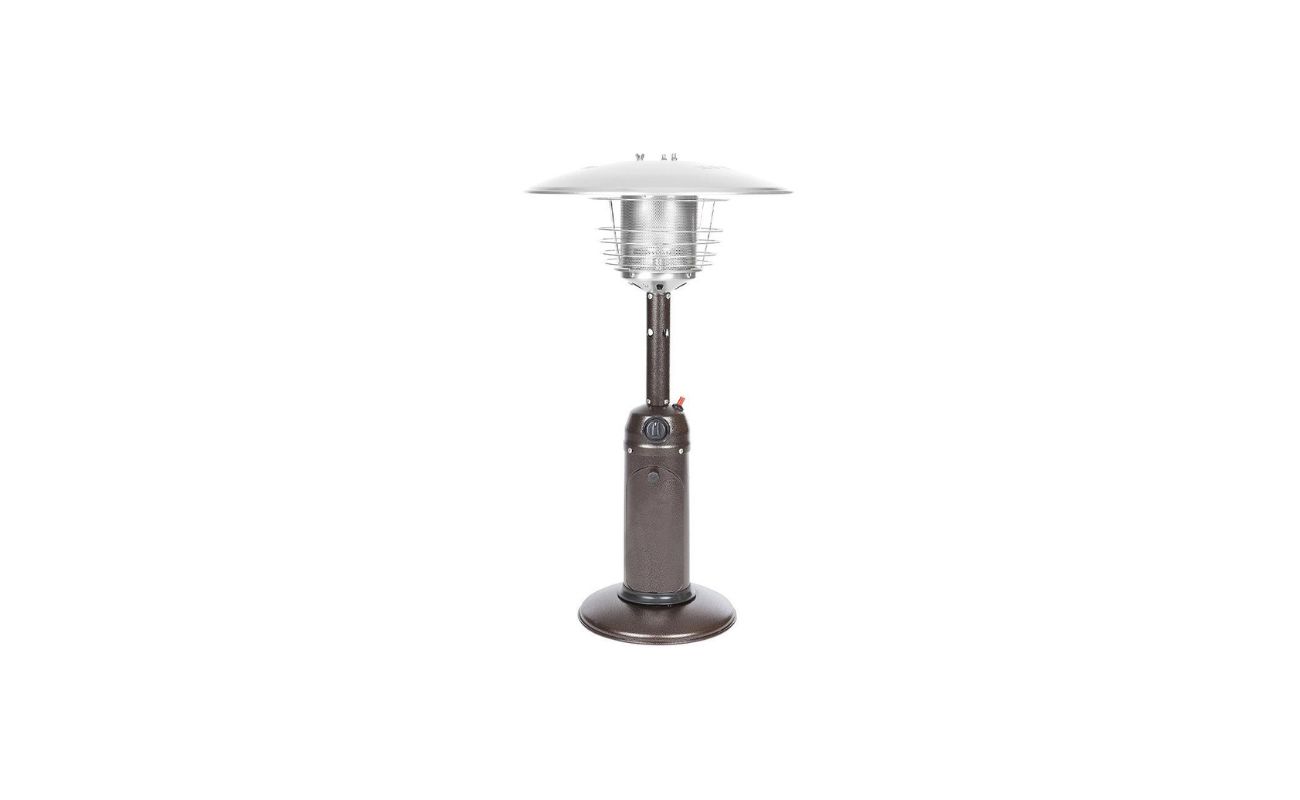
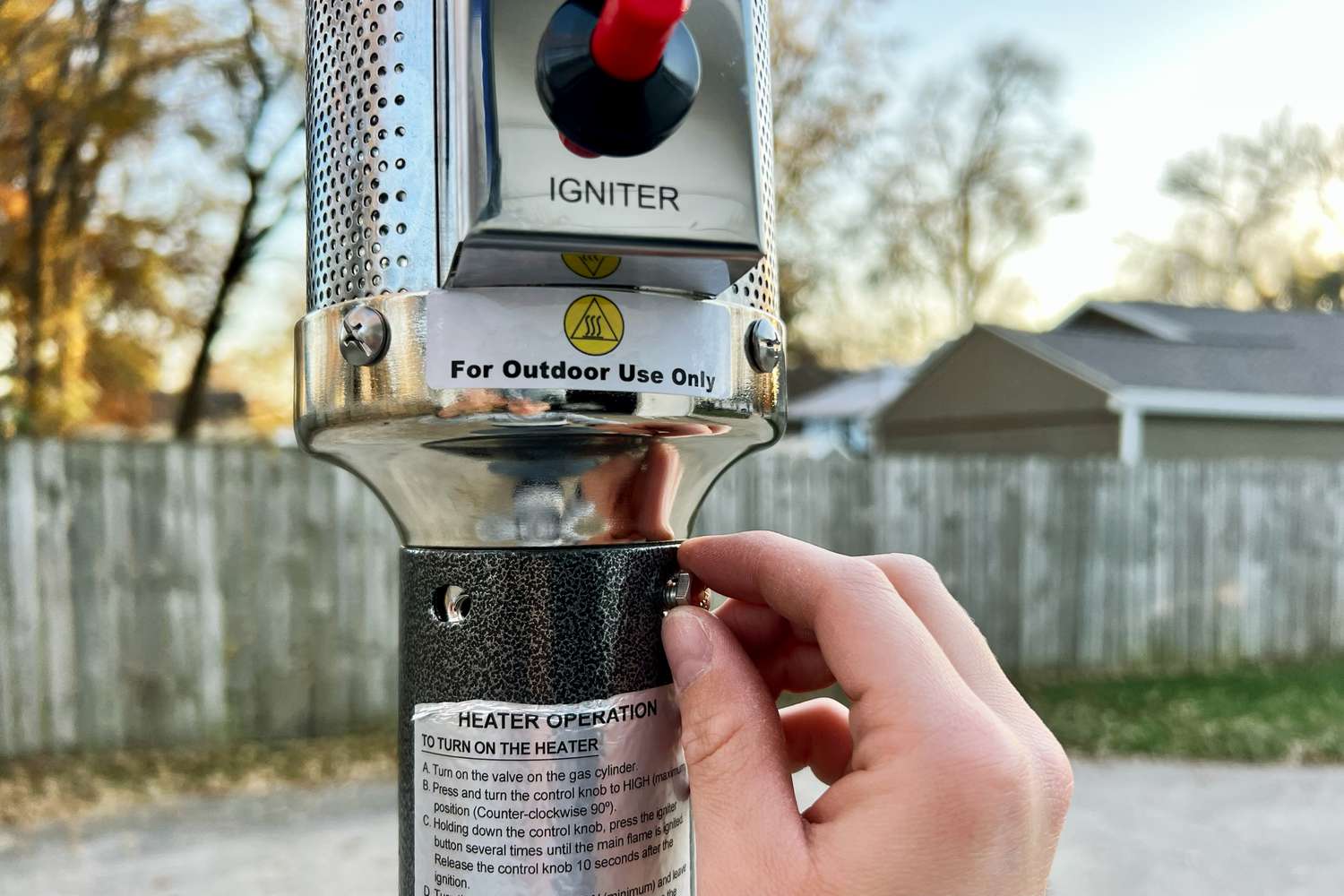
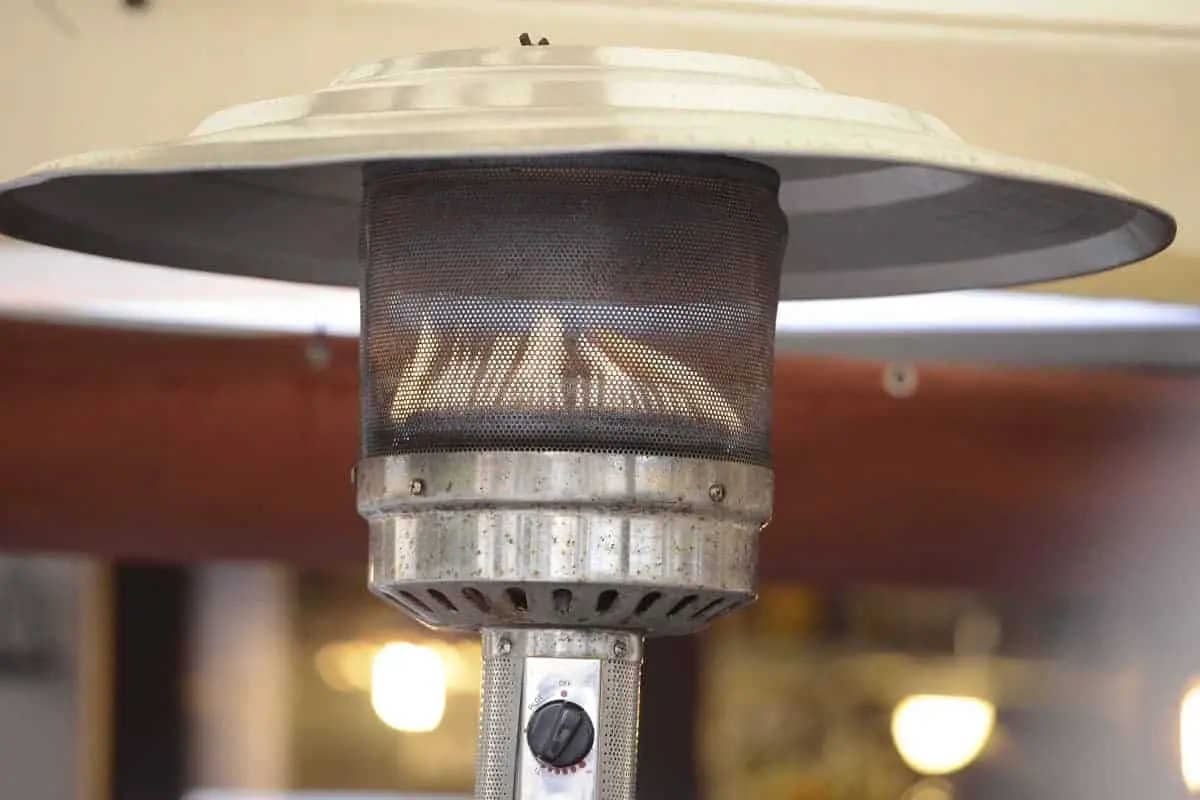
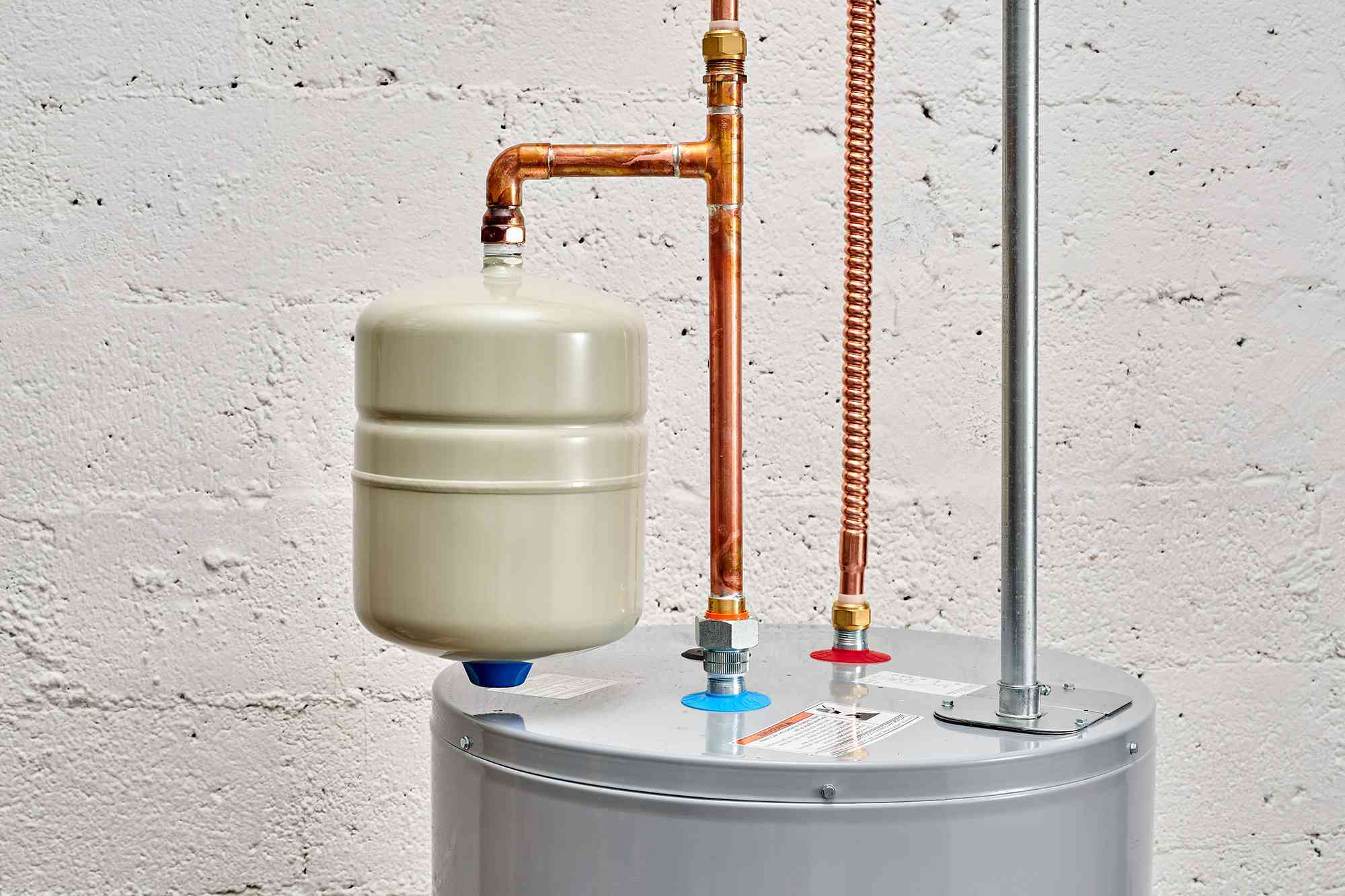
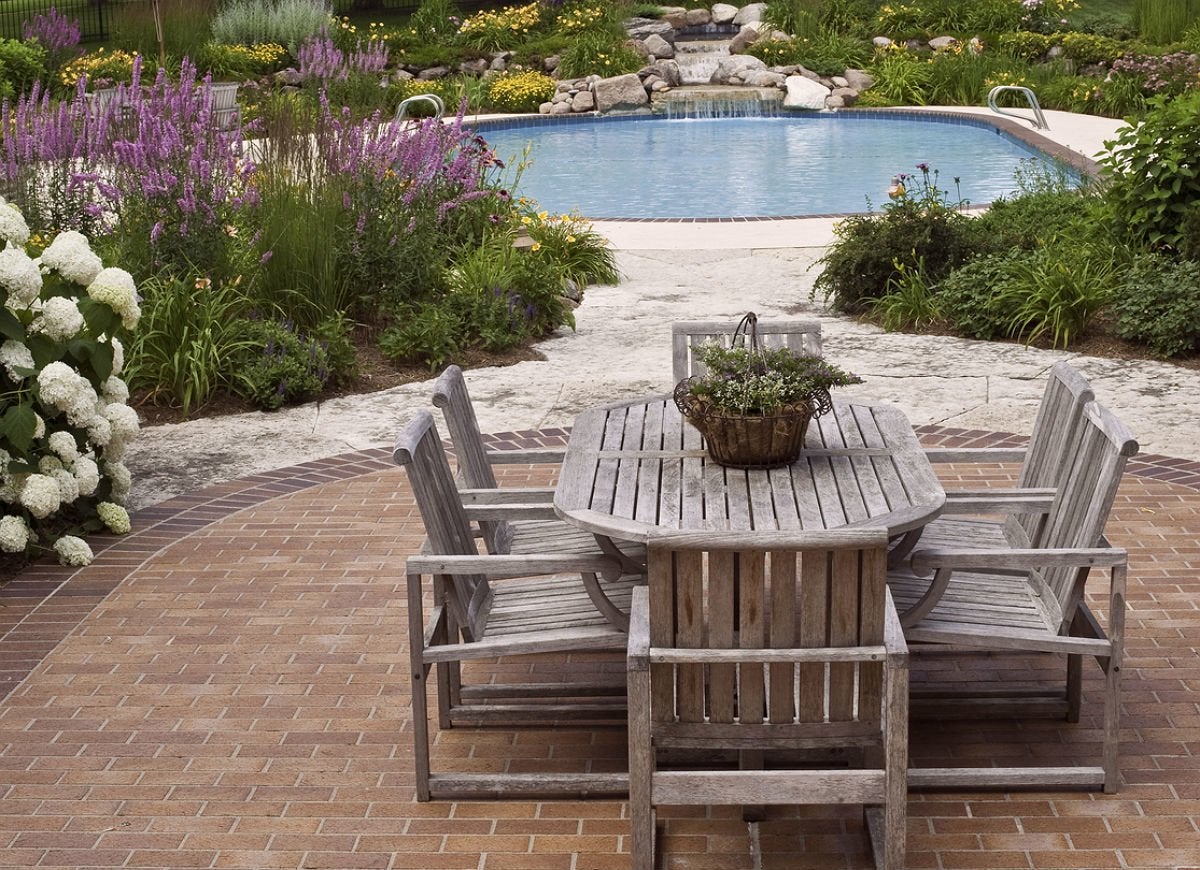
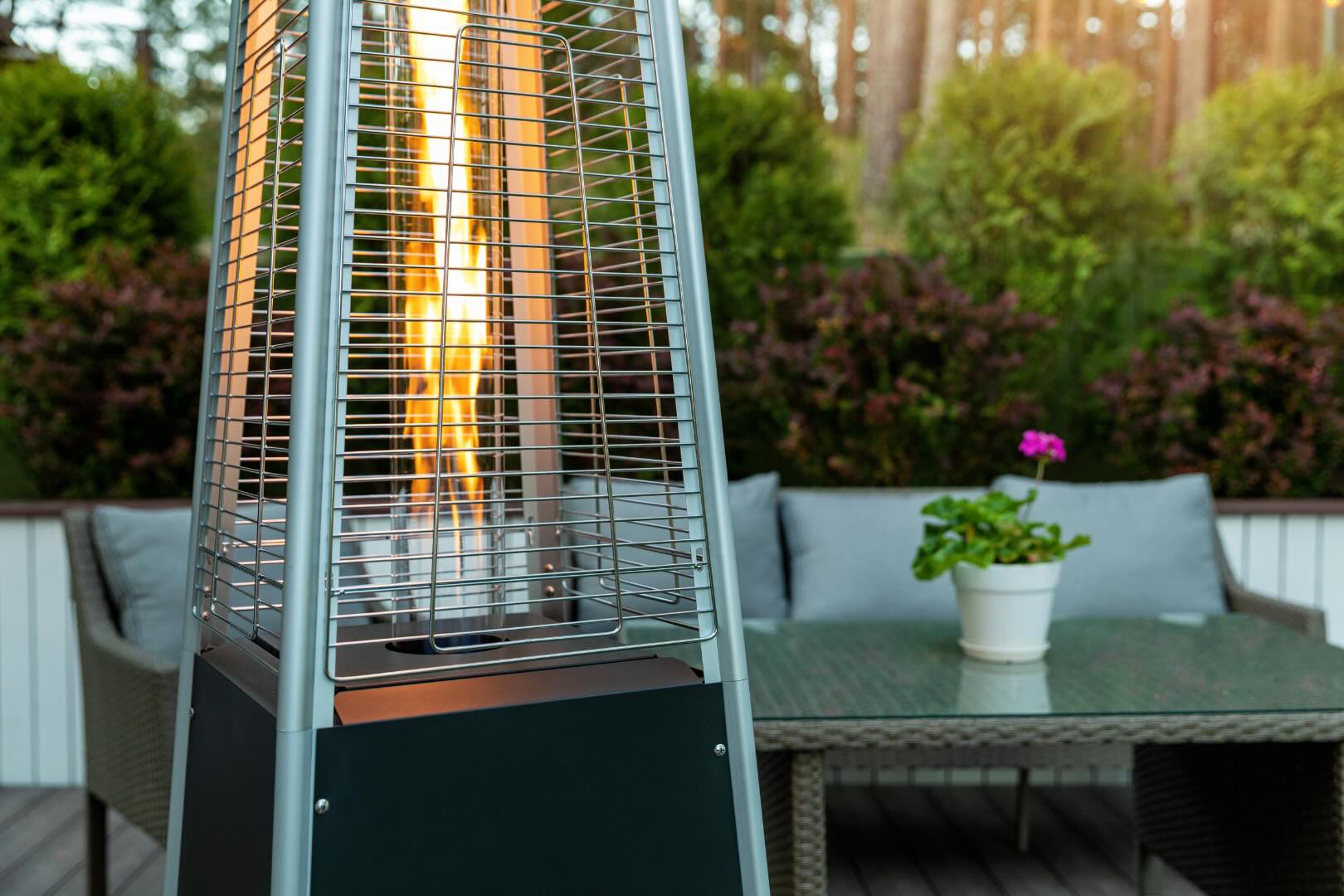
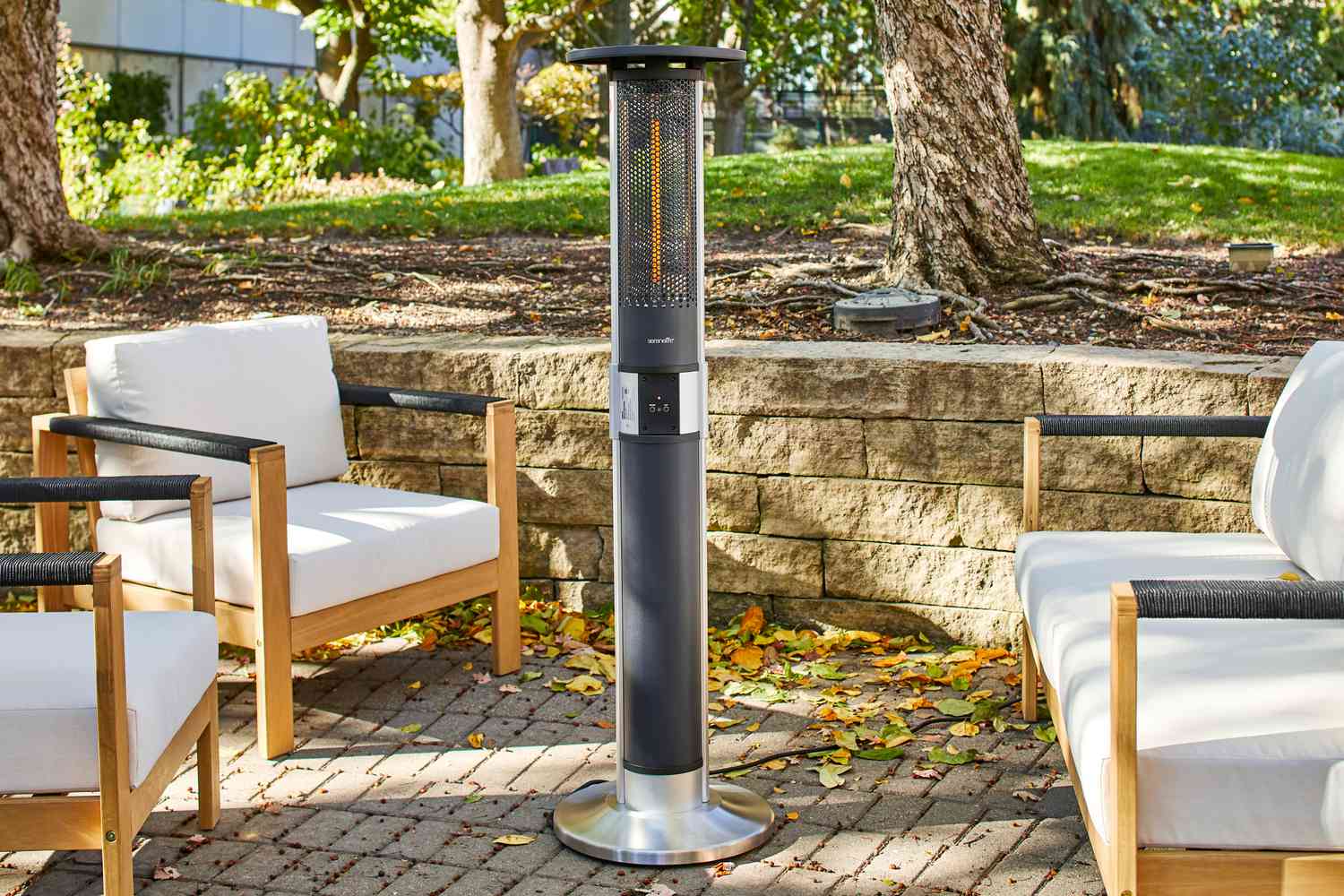
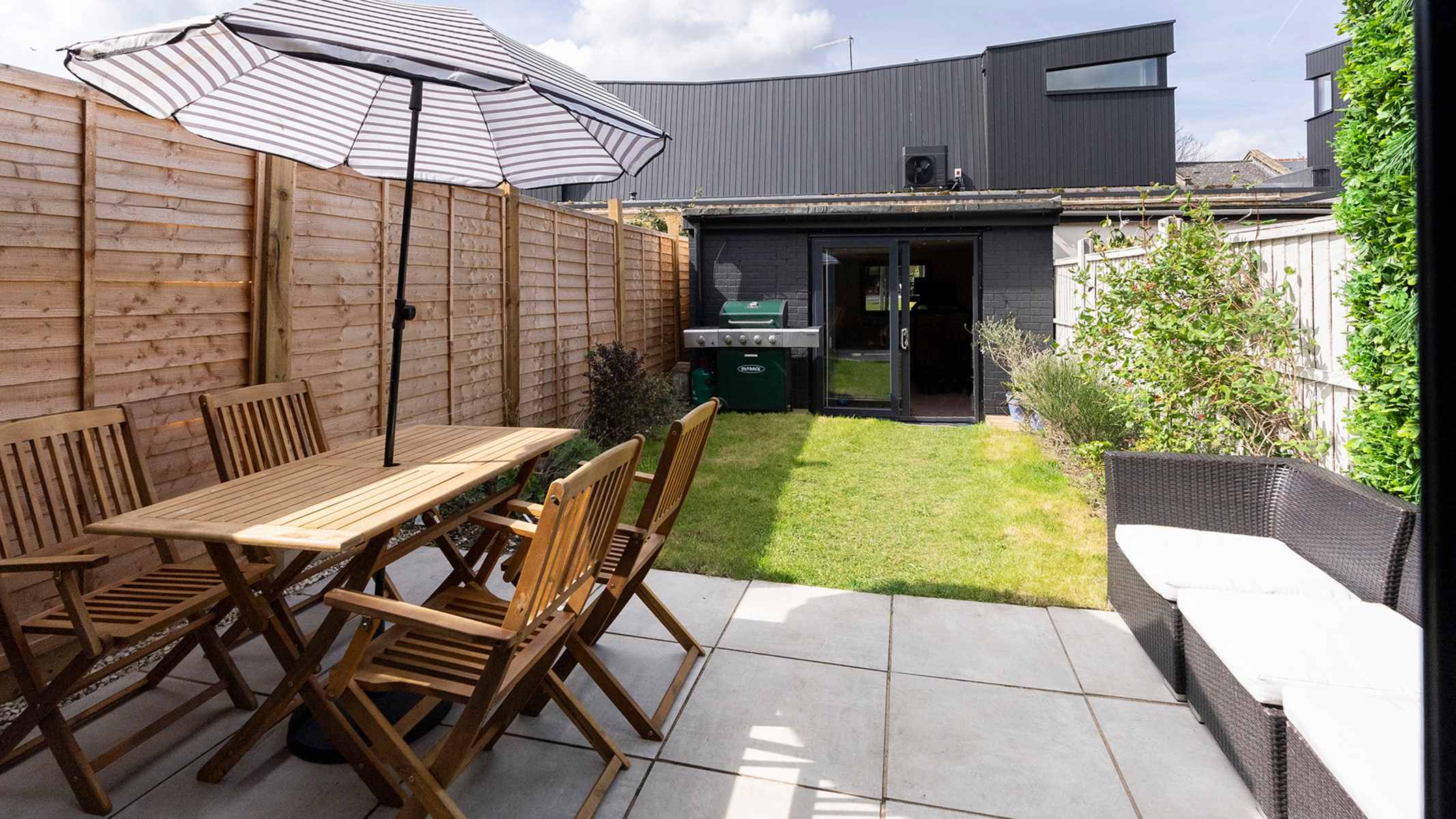
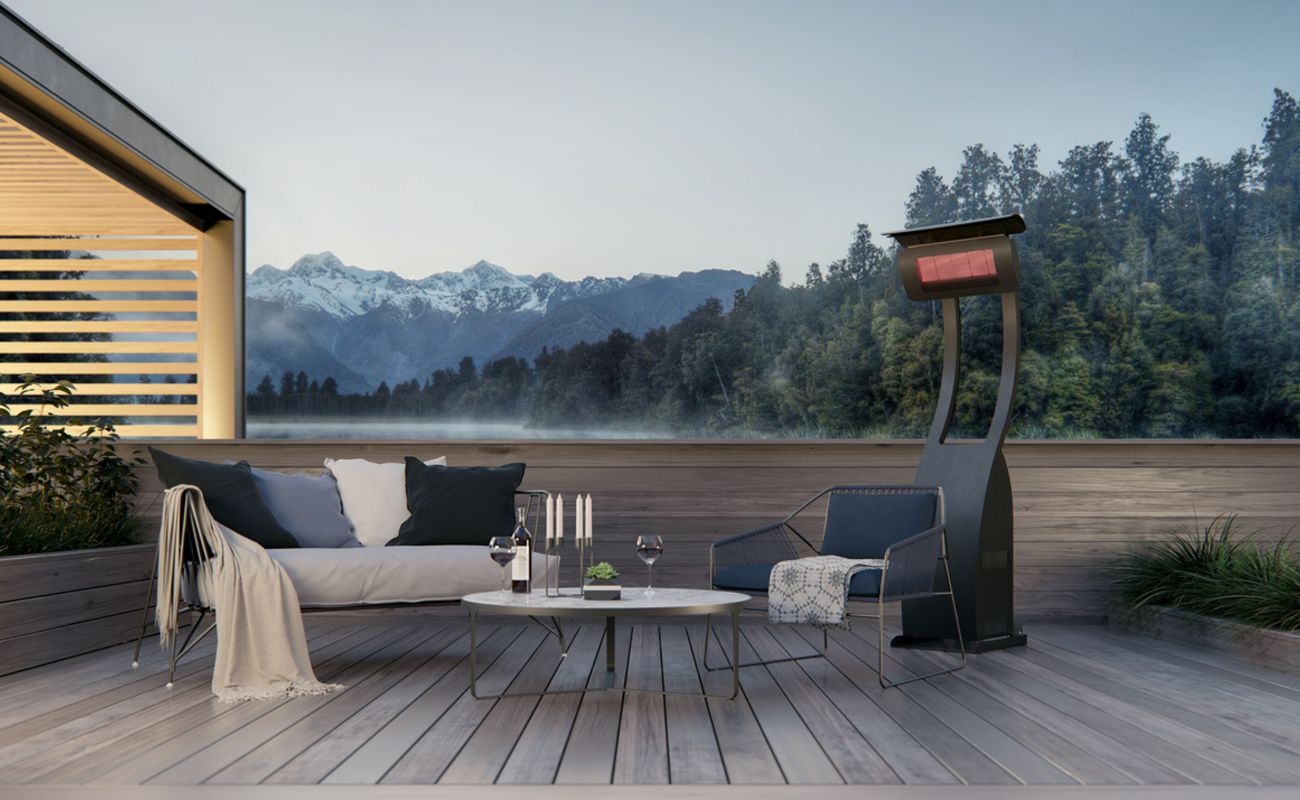
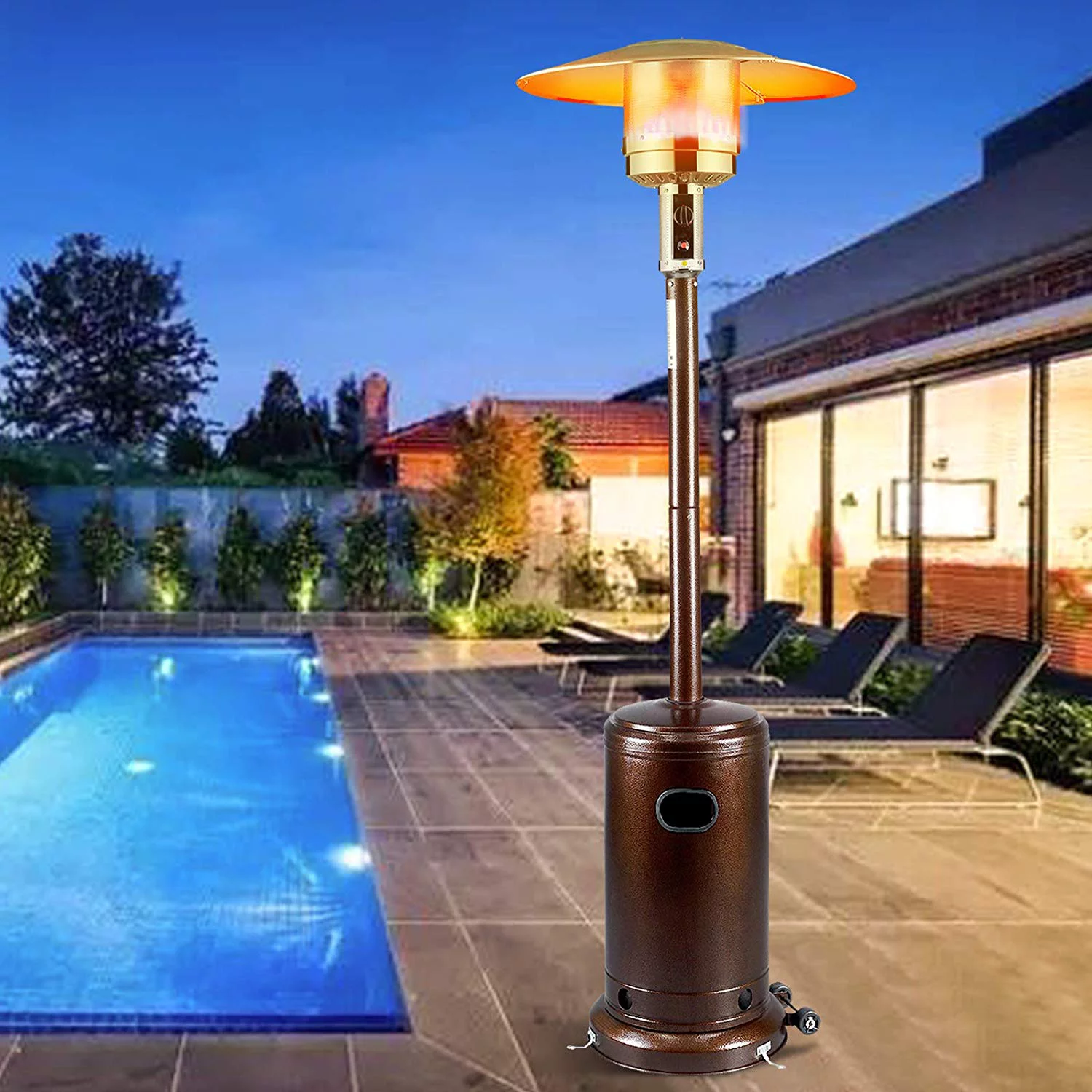

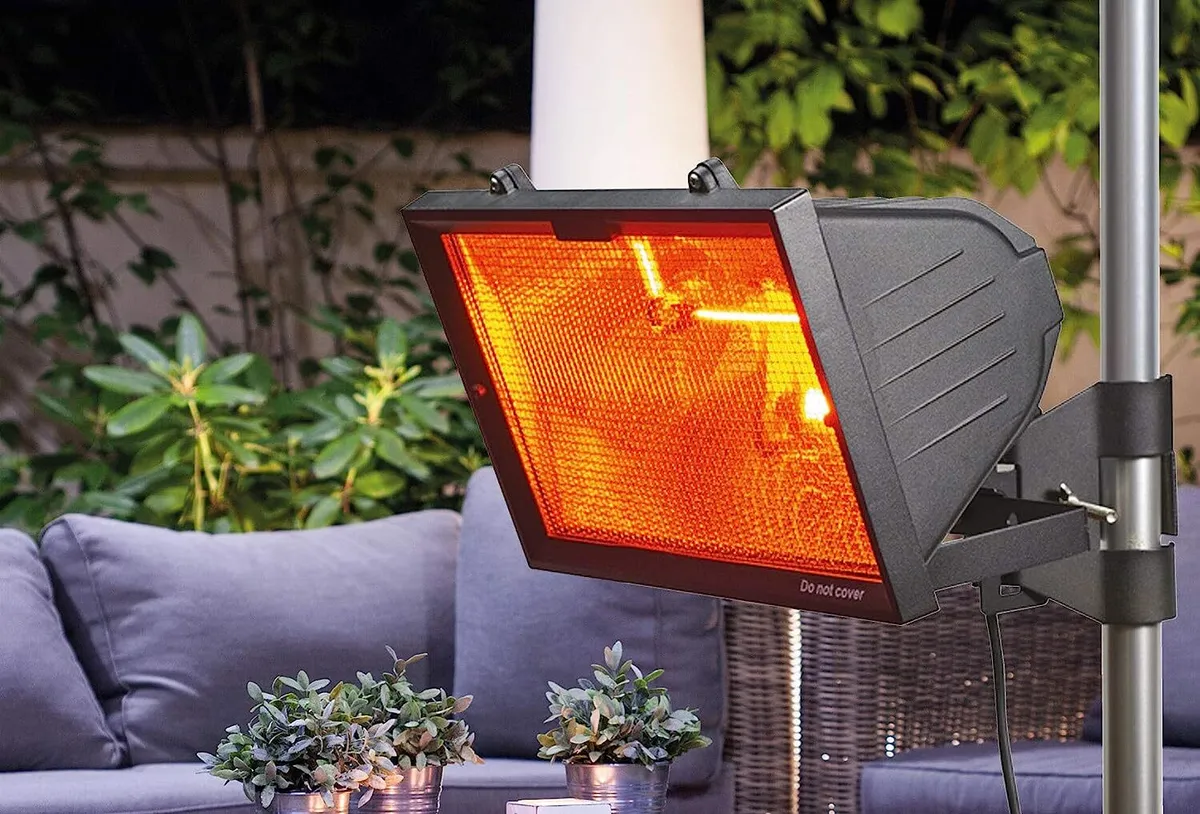
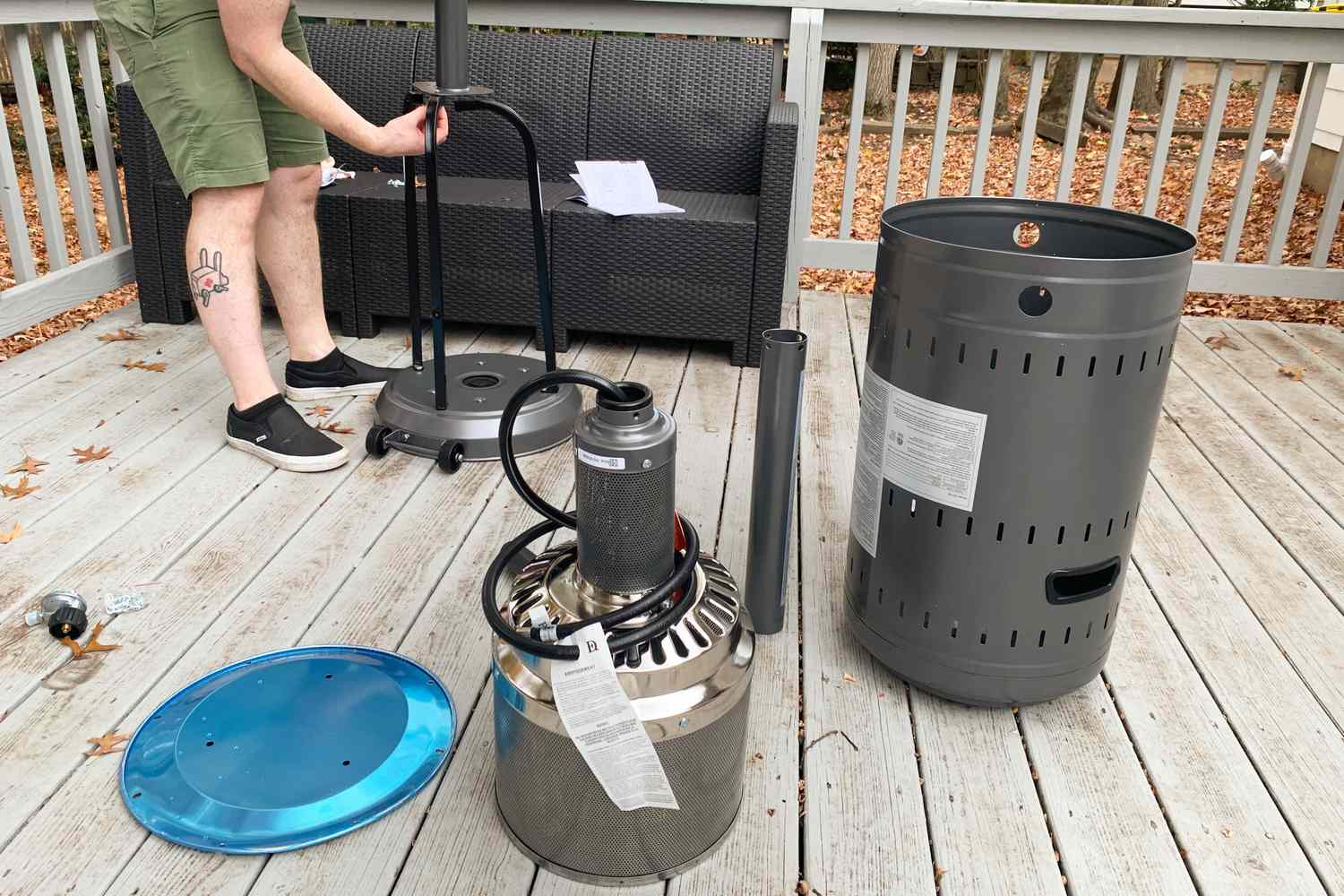

0 thoughts on “How To Choose A Patio Heater”